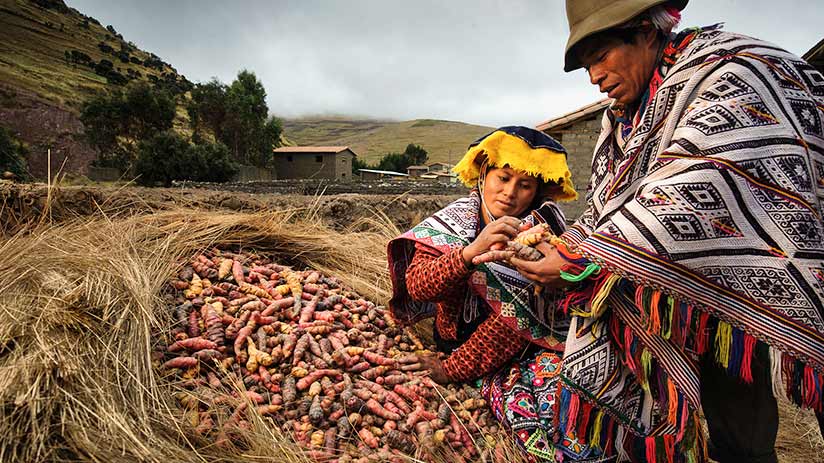Peru is one of the ten most diverse countries on the planet. It is characterized by the existence of various ecological regions and types of ecosystems, making it rich in biodiversity. Its biodiversity is reflected not only in the varied species it inhabits but also in the amazing diversity of the resources and ecosystems it inhabits. These potential aspects of Peru’s biodiversity present a series of challenges to achieve the sustainable protection of each of its natural treasures. That is why together with our colleagues from Machu Travel Peru we have prepared a small article about the great biodiversity in Peru and its most important aspects.
The most important dimensions of biodiversity in Peru
- Flora and fauna
- Natural areas
- Bird observation
- Marine biodiversity
- Terrestrial biodiversity
- Diversity in the climate
- Potencial of biodiversity
FLORA AND FAUNA
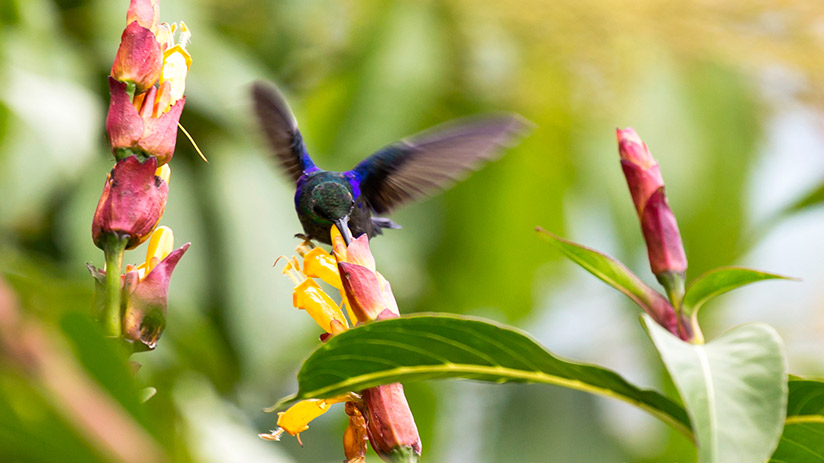
Peru is a wonder of nature. Its specific geographic location offers you many surprises, so you will want to return for more. Therefore, take a moment to appreciate all of the many options. Peru has 84 of the 117 living areas on the planet and 28 of 32 climate types. It is also the world’s first country with a wide variety of fish, butterflies, and orchids. Birds rank second, mammals, and amphibians fourth in the biodiversity in Peru; while plants and reptiles rank fifth.
NATURAL AREAS
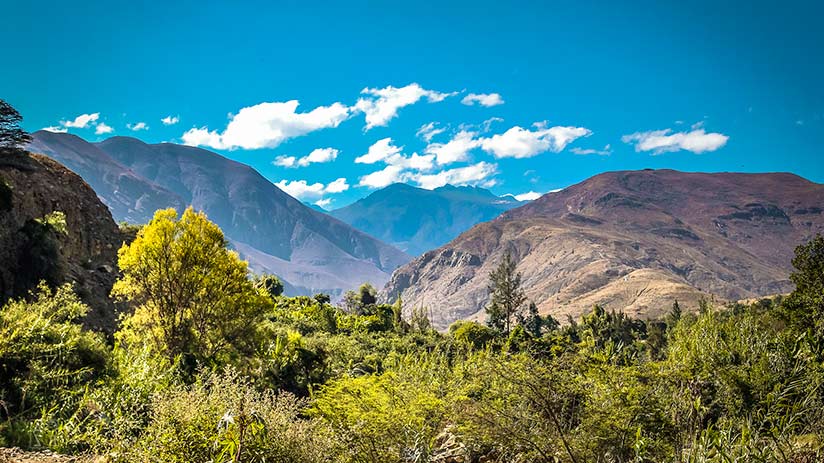
Nature is generous to the Andean country, and this can be seen reflected in the great biodiversity in Peru. Through 60 natural areas spread across the coast, mountains, and jungles, approximately 15% of Peru’s territory is protected by the state. The names Manu National Park, Tambopata National Reserve, Pacaya-Samiria, Huascarán, Pampa Galeras, Paracas, Cordillera Azul, etc. will always be inscribed in the general memory. In Peru, biodiversity found only in protected natural areas contributes more than US$1 billion to the national economy each year, thanks to a total of approximately 20 million hectares of forests and other ecosystems, providing water, beautiful scenery, etc. However, deforestation reduces these benefits in a great way.
BIRD OBSERVATION
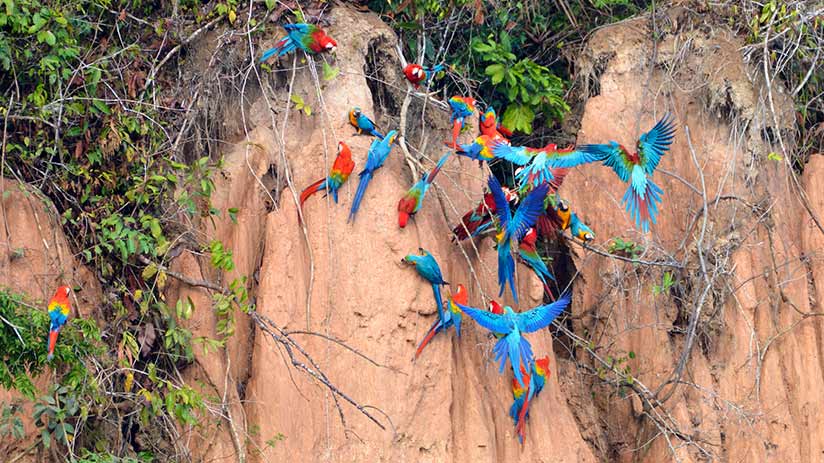
Speaking of birds, Peru is amazing, as if it is fictional. Peru is the country with the most species found every year in the world, and it also ranks first among the birds that can be observed in a day, all of this without the help of motor vehicles. The Peruvian sky is decorated with approximately 2,000 species of birds flying including the sacred Andean condor. You will only need your essential equipment: your camera and Peru’s fascinating features. Don’t miss out on bird watching in the different nature reserves that Peru boasts.
MARINE BIODIVERSITY
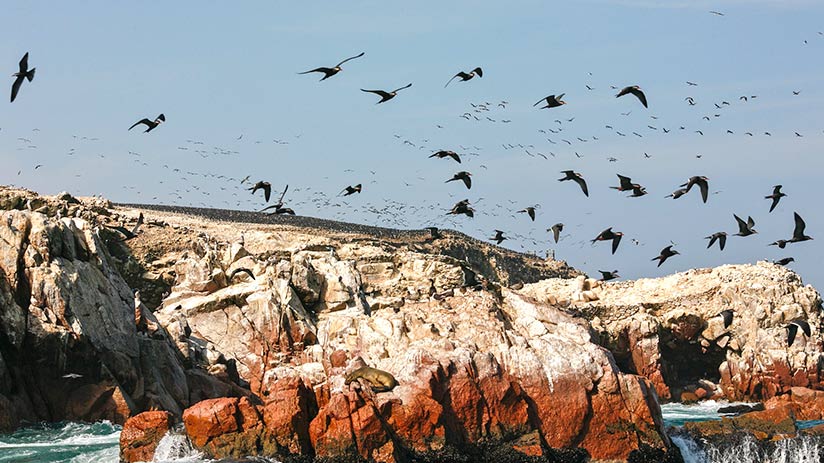
Marine biodiversity in Peru is mainly affected by two ocean currents: the Nino Current and the Humboldt Current, also known as the Peruvian Current. Although these two ocean currents provide infinite resources and even exist near the coastline, the second ocean current is considered the most important because it exhibits a high amount of plankton.
TERRESTRIAL BIODIVERSITY
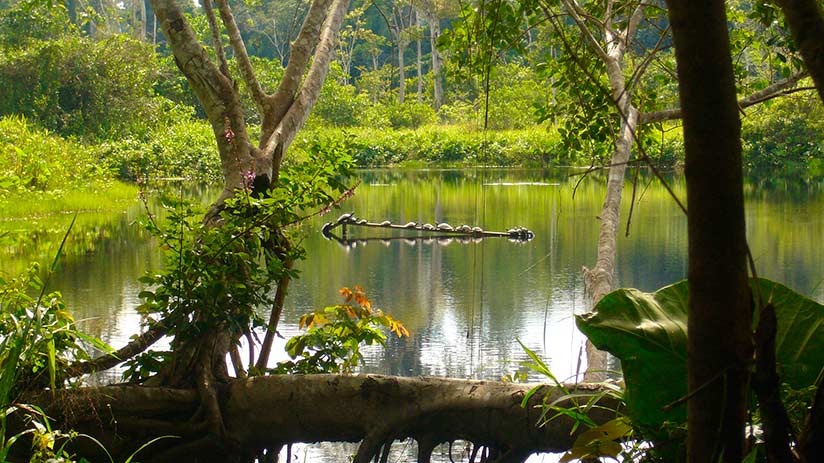
Most of the coast in Peru is followed by the Pacific Desert, which is a coastal desert of subtropical origin with sparse vegetation. On the other hand, in the valleys between the north coast and the Maranhão Mountains and some other of the tributaries of the Andes, the equatorial dry forest extends as an intermediate ecosystem between desert-dry bushes and tropical forests. In the Peruvian Andes, the mountain bush biome expands. As you climb the mountains, the climate gets colder. There is no better way to experience terrestrial biodiversity than in the different tours in Peru… and if you want to try Peruvian gastronomy, it is definitely your chance!
DIVERSITY IN THE CLIMATE
In Peru, you can find 84 of the 117 living areas on the earth, and 28 of the 32 climates in the world. This diversity of ecosystems allows a large number of species. This unique biological heritage contributes to the national economy in a quantifiable way. Natural capital, or biodiversity in Peru, sustains more than 22% of GDP and at least 24% of exports. In terms of tourism, about 50% of international tourists are attracted by the country’s natural scenery.
POTENTIAL OF BIODIVERSITY
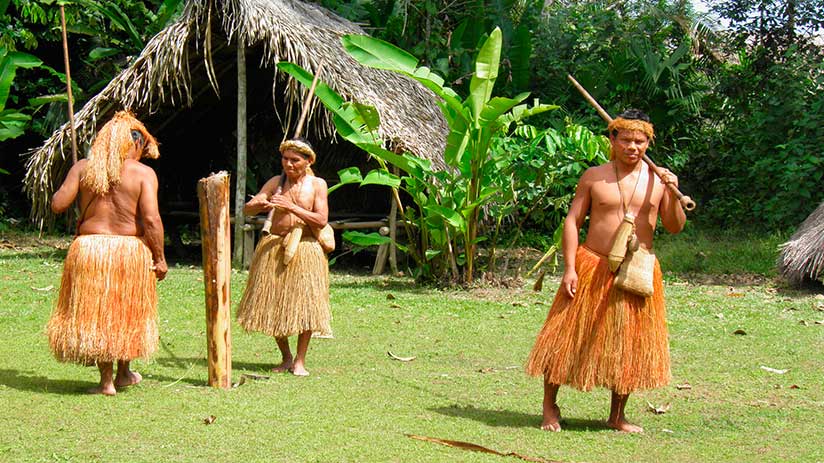
More than 60% of Peru’s territory is covered by tropical forests, and it is the fourth country in the world with the largest surface area of these ecosystems. Forests have great potential for the development of sustainable production plans that can bring well-being to the people. 70% of edible plants and 80% of medicinal plants come from forests. It is also home to a great variety of Peruvian animals, many of which are endemic, that is, they only live in our territory. Similarly, the country’s more than 50 indigenous peoples live in the forest and work hand in hand with the National Minam Forest Conservation Plan and other agencies to protect and use this natural heritage in a sustainable way. It also helps reduce global warming by helping to control the temperature of the earth.
“BIODIVERSITY STARTS IN THE DISTANT PAST AND IT POINTS TOWARD THE FUTURE.”
We hope together with the travel experts of Machu Travel Peru to have been able to satisfy your curiosity. We believe that one of the best ways to get to know the great biodiversity in Peru is by experimenting on your own. If you want to know about our guided tours of Peru, we recommend that you consult with our advisors. They will be happy to help you with everything related to your next trip.
